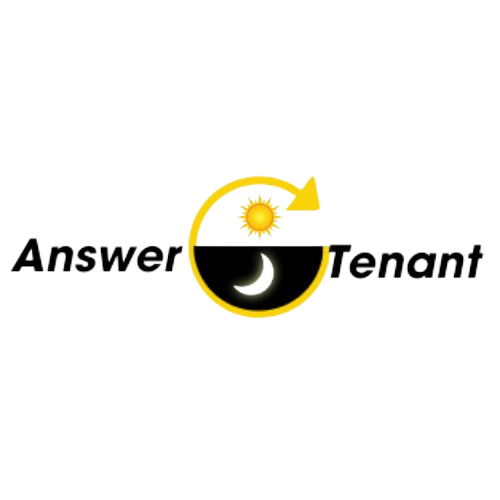In the fast-paced world of maintenance management, optimizing assets and ensuring productive workflows are paramount. One of the elemental viewpoints of maintenance management is the dispatching model, which serves as the backbone of field benefit operations.
In this article, we’ll explore the conventional maintenance dispatching show, exploring its complexities, qualities, shortcomings, and potential for change. The maintenance dispatching show plays a pivotal part in planning field benefit exercises.
So, it includes assigning tasks, planning arrangements, and managing assets to ensure timely and cost-effective maintenance services. Let’s explore the various aspects of this model.
What is Traditional Dispatching Model?
- The Basics of Dispatching: At its centre, the dispatching show incorporates the task of errands to field technicians. Therefore, these tasks can expand from plan maintenance to emergency repairs. So, successful dispatching ensures that the organization sends the right master with the necessary skills and tools to the work area.
- Scheduling and Prioritization: Prioritizing maintenance tasks may well be a critical aspect of the dispatching appearance. So, urgent issues must be tended to expeditiously, though planned assignments can be arranged for afterwards. Balancing these needs is essential to meeting benefit-level downtime.
- Resource Management: Compelling resource management incorporates optimizing the tasks of vehicles, equipment, and staff. So, this ensures that resources are utilized in a perfect world, diminishing operational costs and minimizing downtime.
- Communication and Coordination: Clear communication is crucial inside the dispatching show. Therefore, experts should get correct work focused on details, and clients should be informed about the assessed entry time. Coordination between the celerity bunch, experts, and clients is key to success.
The Strengths of the Traditional Model
- Proven Reliability: The conventional dispatching show has tracked the test of time and encompasses a track record of unwavering quality. So, it has been the go-to approach for many organizations for decades.
- Familiarity: Specialists commonly use the customary display, which organizations find easier to implement and manage.
- Effective for Routine Tasks: For routine maintenance coordinator tasks, the conventional show works proficiently, because it allows unsurprising planning and resource assignment.
The Weaknesses of the Traditional Model
Limited Flexibility
The conventional model may battle to adjust to sudden changes or unexpected high-priority tasks, leading to delays.
Inefficient Resource Allocation
Therefore, in some cases, resources may be underutilized, leading to unnecessary costs.
Communication Challenges
Miscommunication can happen, leading to client disappointment and delays in service.
The Need for Modernization
In today’s quickly advancing commerce scene, answer tenant there’s a developing requirement for modernizing the maintenance dispatching model. So, modern innovations and approaches can address the shortcomings of the conventional show and offer improved efficiency, flexibility, and client satisfaction.
Embracing Technology
IoT Integration
The Internet of Things (IoT) allows real-time checking of equipment, empowering prescient maintenance and more accurate dispatching.
AI and Machine Learning
Therefore, fake insights and machine learning can analyze historical data to optimize asset allocation and predict maintenance needs.
Conclusion
In Conclusion, The conventional maintenance dispatching show has served organizations well for many a long time, but it’s essential to recognize its limitations in the face of advancing client expectations and mechanical headways. So, modernizing the dispatching model through the selection of innovation is the way forward, advertising made efficiency in proficiency, and client satisfaction, and has taken a toll on investment funds.
FAQ’s
Q. What can a maintenance dispatching model be?
A maintenance dispatching model might be a framework utilized to assign tasks, arrange courses of action, and supervise resources for field benefit operations.
Q. Why is effective dispatching essential?
Efficient dispatching ensures that maintenance tasks are completed promptly, minimizing downtime and meeting service-level agreements.
Q. What are the shortcomings of the conventional dispatching model?
The customary show can be inflexible, inefficient in resource assignment, and inclined to communication challenges. Challenges in Maintenance Dispatching.
Q. How can advancement progress upkeep dispatching?
Innovation, such as IoT integration and AI, can progress dispatching by giving real-time data, prescient maintenance capabilities, and optimized asset allocation. You may also visit at Answer Tenant social media page for more informative information and interesting posts.


